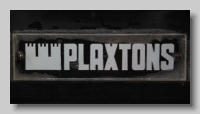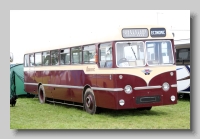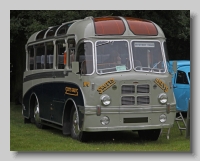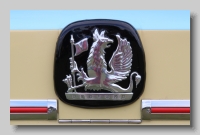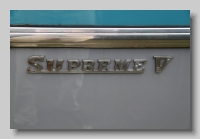
Leyland Tiger 1981 with Supreme V coachwork by Plaxton. From 1974 the Plaxton Supreme took over from the Panorama Elite. The Supreme IV gain quad rectangular lamps, and the 1981 Supreme V was given a smaller rear window. There was also a Supreme VI with shallower side windows for long distance travel.
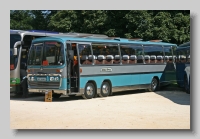
Bedford VAL 1969 with Plaxton Panorama Elite Coachwork for Abbey Coachways (Selby). The Panorama Elite was launched in 1968 designed by Ogle design and continued until the Panorama Supreme of 1974. The Bedford VAL chassis had been launched in the late 1960s with unusual 'Chinese Six' wheelbase giving four front steering wheels.
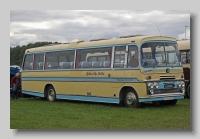
Bedford 1976 Panorama. Built on a Bedford NJM chassis which had been launched in 1950 as Bedford's first purpose-built bus chassis (the 'Bedford SB' series) and renamed NFM and NJM in 1968. Coachwork is the Plaxton Panorama body.
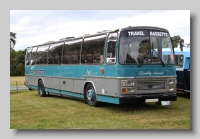
Leyland Tiger 1981. With Supreme V coachwork by Plaxton. The Supreme had replaced the Panorama and Panorama Elite from 1974. The Supreme V had a shallower high-mounted rear window made of flat glass. The newer Paramount design replaced the Supreme in 1982/3.
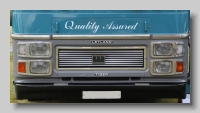
Leyland Tiger 1981 with Supreme V coachwork by Plaxton. The Supreme IV of was facelifted to incorporate 4 rectangular lamps. The Leyland Tiger (B43) was produced from 1981-93 but its failure to counter sales of Volvo coaches resulted in Volvo taking over Leyland buses in 1988 and replacing the Cummins diesel with Volvo units from 1989.
All images and content of this site is the copyright of Simon GP Geoghegan
